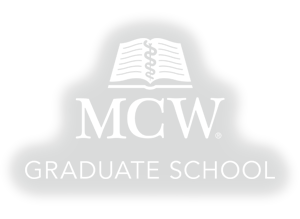Preparing for a Career in Biostatistics

Careers in Biostatistics

Expected starting salary/salary range
According to 2025 O*Net data the median annual salary for biostatisticians working in Wisconsin ranges from $70,000 to $124,000.
*Entry-level positions may typically fall within this range, although actual starting salaries may vary.
The expected starting salary for someone with a Master's of Arts in Biostatistics can vary depending on factors such as location, industry, level of experience, and specific job responsibilities. It is also important to note that salaries may also be influenced by factors such as additional certifications, skills, and negotiation abilities of the individual candidate.



